22 “must read” msk US articles from 2022

Reviewing published articles on musculoskeletal ultrasound can keep you updated on the latest research and developments, identify areas for future research, and broaden your knowledge and understanding of the field. This can be helpful for clinical practice and continuing education.
The year 2022 brought lots of news in msk ultrasound science and here are some of the most important articles from my point of view. There are articles about artificial intelligence, elastography, color Doppler, dynamic scanning protocols of the joints, pediatric musculoskeletal ultrasonography, interventions, etc.
Journal: British Journal of Sports Medicine
Authors: Hall MM, Allen GM, Allison S, Craig J, DeAngelis JP, Delzell PB, Finnoff JT, Frank RM, Gupta A, Hoffman D, Jacobson JA, Narouze S, Nazarian L, Onishi K, Ray JW, Sconfienza LM, Smith J, Tagliafico A.
Ultrasound is a widely used tool for diagnostic imaging and procedures in musculoskeletal and sports medicine. However, the lack of standard terminology can make it difficult for professionals in different disciplines and subspecialties to communicate effectively. This can also be confusing for patients, insurance providers, and the general public. To address this issue, a consensus of standard terms has been developed to provide a clear reference for anyone working in musculoskeletal and sports ultrasound. The goal is to improve communication and consistency in clinical practice and the literature. The consensus covers common terminology encountered in musculoskeletal and sports ultrasound, with a focus on clinically relevant topics. It is intended to be user-friendly and addresses variations in terminology that are often found in everyday practice, scientific presentations, and the literature.
Consensus was reached (agreement by at least 80% of the group) on seven main topics: (1) general definitions, (2) equipment and transducer manipulation, (3) anatomical and descriptive terminology, (4) pathology, (5) procedural terminology, (6) image labeling, and (7) documentation.
Journal: Clinical Neurophysiology
Authors: Cipriano KJ, Wickstrom J, Glicksman M, Hirth L, Farrell M, Livinski AA, Esfahani SA, Maldonado RJ, Astrow J, Berrigan WA, Piergies AMH, Hobson-Webb LD, Alter KE.
This scoping review found that the use of shear wave elastography (SWE) to study musculoskeletal soft tissue and nerves in humans has been hampered by a lack of standardized data collection and reporting requirements. A search of seven literature databases identified 375 articles published between 2004 and 2020 that met the inclusion criteria, but the small size (n = 11-20) and youth (mean = 20-29 years) of the study participants, as well as the variety of equipment (n = 11 ultrasound systems, n = 18 ultrasound models, and n = 19 transducers) used, contributed to methodological heterogeneity. Only a small percentage of the articles (11%) used electromyography to confirm the absence of muscle activity, and just 8% reported the measurement depth. To make SWE a valid and reproducible tool for assessing tissue pathology, disease progression, and response to interventions in various musculoskeletal and nerve-related disorders, it is important to standardize data collection and reporting procedures.
Journal: Journal of Clinical Ultrasound: Sonography and other Imaging Techniques
Authors: Lyu S, Zhang Y, Zhang M, Jiang M, Yu J, Zhu J, Zhang B.
This study aimed to determine whether the method used to define regions of interest (ROIs) in ultrasound images would affect the performance of artificial intelligence (AI) algorithms in diagnosing carpal tunnel syndrome (CTS). Two ROI definitions were used: one including the hyperechoic epineurium and the other only including the hyperechoic medial edge of the median nerve. The study found that the observer consistency of ROI features varied depending on the definition used, with the first definition resulting in higher consistency. The performance of AI models also varied depending on the ROI definition, with models using the first definition performing better. Among the different AI algorithms tested, the Forest models performed the best, followed by the support vector machine and Logistic models. The AI models all performed better than an inexperienced radiologist. These findings suggest that the ROI definition used can influence the performance of AI algorithms and observer consistency in the diagnosis of CTS using ultrasound.
Journal: American Journal of Physical Medicine & Rehabilitation
Authors: Raja AE, Shustorovich A, Robinson DM, Alfonso K, Meyer R, Roemmich RT, Eng C, Wisniewski SJ, Cabahug P.
This study investigated the role of musculoskeletal ultrasound (MSKUS) in the residency selection process by surveying 666 applicants to physical medicine and rehabilitation programs at Johns Hopkins University, the Mayo Clinic, and Harvard/Spaulding Rehabilitation. Of the 180 respondents, 71% indicated that MSKUS presence at a program was “very important” or “absolutely essential” during the interview process, and 74% said exposure to MSKUS in residency was a significant factor when ranking programs. More than 92% of applicants said they were “likely” or “very likely” to use MSKUS in their future practice, and 83% would recommend a program with MSKUS to other candidates. These findings suggest that MSKUS may be an important consideration for applicants in selecting a residency program.
Login/Register and Subscribe To Unlock The ContentFurther content is locked











